Iran has undeniable capabilities for economic development
Contrary to major European companies who fled the Iranian market for fear of US sanctions, medium-sized companies have found dealing with Iran to be most lucrative.
Iran represents a potential market of 80 million to investors, not to mention the several-hundred million-strong regional market they would gain access to.
Access to the Iranian market would be paramount to access to the world’s second largest known natural gas reserves and fourth largest oil reserves.
For all intents and purposes Iran is an oil economy, but without oil sales since US sanctions cracked down. Despite Iran having an oil based economy, a blessing as well as a curse, it has long wanted to break free of its oil dependence.
Oil revenue alternatives
Many alternative revenue sources are available Iran, a commonly pursued one being taxation.
Since the start of the current calendar year, the stock market produced big revenue in the country. Unfortunately this revenue was not taxed at all. And in order to encourage natural persons and corporations to invest in the stock market, tax relief was granted. That is so strange and incomprehensible. Another taxable source comes from speculation, which can yield revenue. It concerns gold, hard currency and real estate, which have all been neglected.
Hossein Raghfar, Economist
Another viable alternative to oil revenues would be foreign investment, preferably investment in industry. However, Iran already has key industries and what we call mother machinery to ensure continuation of production.
Would it be better to attract capital to inject into already-existing production lines, or to just look to new investment opportunities, in tapping the capacities of the Iranian economy?
Our problem is incorrect use of capital rather than capital shortage. Unfortunately, in recent years we have failed to make correct use of national hard currency revenue. In 2018 and 2019, as the Central Bank of Iran has reported, we had $180 billion in hard currency revenue and more than $100 billion in hard currency reserve. Had it been managed correctly we would not have suffered the impact of sanctions.
Hossein Raghfar, Economist
Expediting foreign Investment in Iran
There are, admittedly, problems in Iran, for example: the State touch or 'rulership' being too prevalent in the economy, external political risks such as US-imposed sanctions, and internal issues such as inflation and bureaucracy.
But there is an entity called the Organization for investment and Economic and Technical Assistance of Iran, OIETAI, through which thousands of medium-sized foreign companies have entered and invested in Iran.
One of the main obligations of the Foreign Investment Organization is to lead, guide and advise foreign investors. A potential foreign investor would need to get familiar with rules and regulations effective in our country, including labor law, customs law, taxation law. At this stage, our experts would provide them with related regulations. The next stage is about feasibility study and market survey. We also help them at this phase. I mean that we have already compiled the available opportunities for investment, in compliance with international criteria, in English, covering all Iran. We have done so through our investment service centers.
Abolfazl Koodei, CEO, Iran Foreign Investment Organization
To make a jump in production, the country requires investment worth 7000 to 10000 billion rials a year. That would be between 23 million and 33.5 million dollars, going by the average free market rate of 300.000 rials to the dollar.
Within the first 6 months of the Persian year, Iran had attracted around 4 billion dollars of foreign investment in the form of projects approved BY the Foreign Investment Board.
In 2019, according to UNCTAD data, we attracted more than $1.5 billion in foreign investment. Another point is about the permits we issue. Naturally when an investor comes to the Islamic Republic of Iran and demands license for investment, it would be time-consuming process due to the nature of projects. In 2019, we had an endorsed foreign investment volume of over $5 billion, $1.5 billion of which has been brought into the country.
Abolfazl Koodei, CEO, Iran Foreign Investment Organization
Iran prefers foreign capital invested in the country to loans since investment means importing technology, boosting production and creating more jobs.
In the words of the Economy Minister, Mr Dejpasand, foreign investors can serve as goodwill ambassadors to their own respective countries. That is to say, Iran’s interests would be their interests to uphold, in addressing their own governments.
Expatriate and dual national investors also welcome
Now it is not just foreign nationals Iran welcomes as investors, but also Iranians citizen of foreign lands. Mr Dejpasand assures them not to worry about Iranian governments changing hands.
We first intend to identify potential investor states. Second, we have to create any opportunities that would be attractive to them. The third point is the way of marketing. For instance, we have started compiling an investment atlas in the country. What does it mean? We used to compile investment opportunities on paper But now following GIS standards, we are identifying investment opportunities in various provinces. They can click on each province to see the provincial population in addition to investment opportunities. That would also give an estimate of transportation, educated persons, and prices. That would provide necessary information for decision making.
Abolfazl Koodei, CEO, Iran Foreign Investment Organization
Iran is blessed with highly specialized but cheap manpower, and access to very cheap energy. Also, Iran is strategically located on the east-west economic route, and has access to the sea and important roads.
Not to forget, with a population of over 80 million, Iran has a need for goods, equipment and large infrastructure projects such as electricity, water, accommodation and transport.
JCPOA consequences 2015
Foreign Direct Investment FDI inflows picked up rapidly following the JCPOA or nuclear deal of 2015. That was the deal between Iran and major international powers to curb Iran’s nuclear programme in return for international nuclear-related economic sanctions being lifted.
Everything was going well until the US unilaterally pulled out of the JCPOA and re-imposed UN sanctions as US sanctions, also throwing in sanctions on food and medicine. Anyhow, while things went sideways with the West and major western companies, Iran maintained its strong ties with Russia and China.
How can Iran attract foreign investors despite sanctions?
Some major trading partners are China, Russia, India and even South Korea in the energy sector. Proposals have been submitted. But that could not happen overnight because to move from memorandum to agreement would require a long procedure. After the work starts we have to accelerate it.
Mohammad Khosh-Chehreh, Former MP, Economist
Iran has already attracted Chinese and Russian investments, mostly in the gas sector. It has now inked an all-encompassing 25-year draft deal with China. That could mean all-round back-up by a high-tech economic giant. But the prospect has stirred a lot of concern.
I think the current system of management in the country is not ready for a fair agreement with China. Therefore I think that the issue of Iran-China agreement has to be spoken about publicly so that our experts would analyze it from various standpoints and find its weaknesses. Unfortunately, there are no details available on any agreement. There are only generalities of a memorandum. There are numerous problems in this memorandum.
Hossein Raghfar, Economist
China has already invested close to $27 billion dollars from 2005 to 2019. According to the American Enterprise, of the total investment volume, over 1.5 (1.53) billion was made in chemical industries, over 11 ($11.1) billion in energy, under 5 ($4.96) billion in metals, $160 million in real estate, under 7 ($6.92) billion in transport and over 2 ($2.25) billion in utilities.
Based on quality planning, we forecast an 8% economic growth in our fifth and sixth five-year economic development plans. But to reach such production we would need big investment. For instance, we may need $1,200 billion in investment in order to meet our target. Now in light of the country’s conditions, including the drop in oil revenue, the conditions of banks, state budget, which portion of this sum would be sourced domestically? It would be so difficult to provide such sum. Therefore, we would have to turn to foreign investment.
Abolfazl Koodei, CEO, Iran Foreign Investment Organization
One Road One Belt
China's economic expansion by way of a "one road one belt" initiative will make Iran a key player in East-West trade. Of course, those companies will be successful in this field that can take advantage of Iran's special facilities and proximity to make more profit as soon as possible.
“Iran not only could participate in carrying out the plan within their borders, but they could also be a force to execute the New Silk Road vision in other countries,” China’s Finance Minister Xiao Jie said. He spoke at a key event promoting the New Silk Road trade project in Beijing.
For this to work, Iran and China will have to cooperate to try to eliminate international regulations that would hinder their bilateral trade. They are considering establishing new correspondent banking relations and opening foreign bank branches in their respective countries as a tool of regulatory circumvention.
Future role of Russia and China in Iran economy
China and Russia have been and still are two major trading partners of Iran. Like every other nation, these two have also potential for cooperation. These two nations have traditionally held deep-seated economic relations with Iran. However, we would need a domestic industrial development strategy. We have to define our economic needs with regard to these two countries.
Hossein Raghfar, Economist
Now looking at the world at large and capital it has to offer, FDI in this country has remained considerable, against all odds. The Government has intervened with Measures to Motivate or Restrict FDI.
A foreign direct investment (FDI) is an investment in the form of a controlling ownership in a business in one country by an entity based in another country. It is thus distinguished from a foreign portfolio investment by a notion of direct control.
In 2002 two laws were voted in: A law on incentive and protection of foreign investment and another to simplify taxation. In 2004, articles 43 and 44 of the Constitution authorized the government to privatize many sectors, such as banking and transport, and downstream oil and gas industries. The country also has 9 free-trade zones, not to mention its special economic zones.
Privatization
As with the selection of foreign investors and everything else, however, the concept of privatization ought to have been studied first, according to Mr Raghfar.
Iranian officials have a misperception of privatization and economic liberalization. The economic crisis we are experiencing today is the product of dominance of such thought over the past three decades. When we speak about the private sector, we have to focus on production by the private sector and not in speculation and imports of luxury commodities. Under such conditions, the basic needs have not been met while the production sector is weakened further on a daily basis. More production units including food production plants that are strategic, like chicken barns and vegetable products have been weakened more and more.
Hossein Raghfar, Economist
Additionally, to attract foreign investment and promote knowledge transfer, buy-back systems have been established. All foreign investor’s revenues are safe, as they can be repatriated in the form of goods and services produced by the project. There are plenty of privileges available to investors who would provide long term strategies and transfer of technologies to Iran.
Infrastructural development
Some achievements of note by the ports authorities are: six floating wharves for passengers and tourism in Soheili and Gurzin ports in Qeshm and Hengam Islands in the southern Hormozgan Province.
Also the third phase of Shahid Rajaei port’s development project is currently underway.
To increase the level of investments, PMO (Ports and Maritime Organization) has in past years changed its approach from authority and ownership to supervision and support.
Packages and regulations are also being updated to appeal to investors. A percentage of government revenues from maritime trade activities have been allocated to the development of coastal areas and protection of the marine environment.
Now another investment opportunity the Government is eager to promote, is the stock market.
Stock Exchange
Sanctions, oil prices crashing and the COVID-19 invasion are all a reality. Yet the Tehran Stock Exchange, TSE, boasts one of the top performing equity indexes in the world.
Focusing on production cannot materialize with mere slogans. Rather, production should be the most profitable among economic activities and that would require working out necessary mechanisms. When stock market speculation yields 2,000% annual profits, no economic actor of investor would invest in production to face numerous challenges including manpower, taxation and rules and regulations. Therefore regulations encourage speculation and imports, thereby sidelining production.
Hossein Raghfar, Economist
Iran has wanted to remove oil revenues from its budget basket, at least as the main source. Ironically, oil sanctions with all the hardship they’ve caused, may have been a blessing along those lines. However, oil will always maintain a spot for itself. And that is evident in the fact that the lion's share of the gains with the TSE have come from energy firms, as they are still the country’s main source of foreign exchange revenue.
Important as oil still is, some would say, exchange rates are yet more important.
For me, the most significant issue now is to save the national currency. We have other problems like inflation, but the value of our national currency that is the artery of our country. You can liken it to a scene of accident where blood is spilled. The key issue would be to stop the flow of blood to save the injured. Therefore, we have to save the national currency.
Mohammad Khosh-Chehreh, Former MP, Economist
Non petrochemical sources of revenue
There are, needless to say, other ways to help the economy pick up other than stock markets and capital flowing in from abroad. One way is taxing, or rather, tax regulating
It’s not just a matter of how much tax however, but WHO is taxed:
Smuggling of goods is now safe from taxation. We have more than $25 billion in contraband. So is speculation. It is profitable without being subject to any taxation. Therefore taxes have to be raised, but some preconditions have to be met first. Therefore, the alternative would be fair and reasonable taxation. Now, aristocracy in Iran is paying no tax. I’m not opposed to welfare, but if anyone is enjoying such welfare he has to pay taxes, like everywhere else in the world. If in foreign countries, luxury cars are used, taxes are also paid and these taxes are spent on public transportation. But in Iran aristocracy is paying nothing.
Mohammad Khosh-Chehreh, Former MP, Economist
Actually employment and oil are short and medium-term concerns, according to Mr. Khosh-Chehreh. They are not imperative. What is urgent, however, is the fast-declining power of the rial, or its sharp fluctuations.
The devaluation of the rial against the dollar, although a bad thing for the Iranian people, however, is a blessing for exporters of goods and services.
Social media attention is responsible for the psychological factor, which is known to affect currency fluctuations on the free market, but its role is minimal given the unique circumstances of Iran where the dollar, in particular and other currencies in general, is treated as a tradable commodity.
There’s plenty to be said on the Iranian economy and how the nation itself can help. But as far as our focus on foreign investment goes, the choice should be quite easy, for companies interested in dealing with West Asia. It’s a choice between an alliance with America, and its declining power in the region, and guaranteed long-term economic benefits with Iran and its sphere of influence.
US threatens to reimpose Caesar sanctions on Syria over SDF operations: Report
VIDEO | Muslims mark Eid Al-Mab’ath, beginning of Prophet Muhammad mission
VIDEO | Israel intensifies strikes as US announces ceasefire phase two
Pakistani FM hopes for peace, security in Iran after foreign-backed unrest
US announces Gaza ‘Board of Peace’ amid ongoing Israeli ceasefire breaches
Trump: General Soleimani’s strength tied US hands in Iran and region
Leader: US president main ‘culprit’ in killings, destruction during recent riots in Iran
VIDEO | Press TV's news headlines











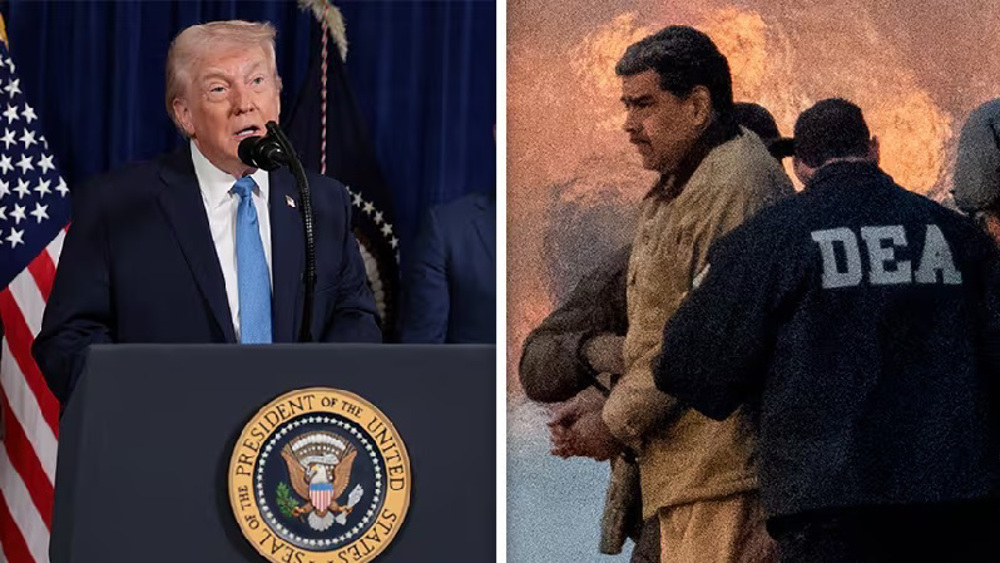
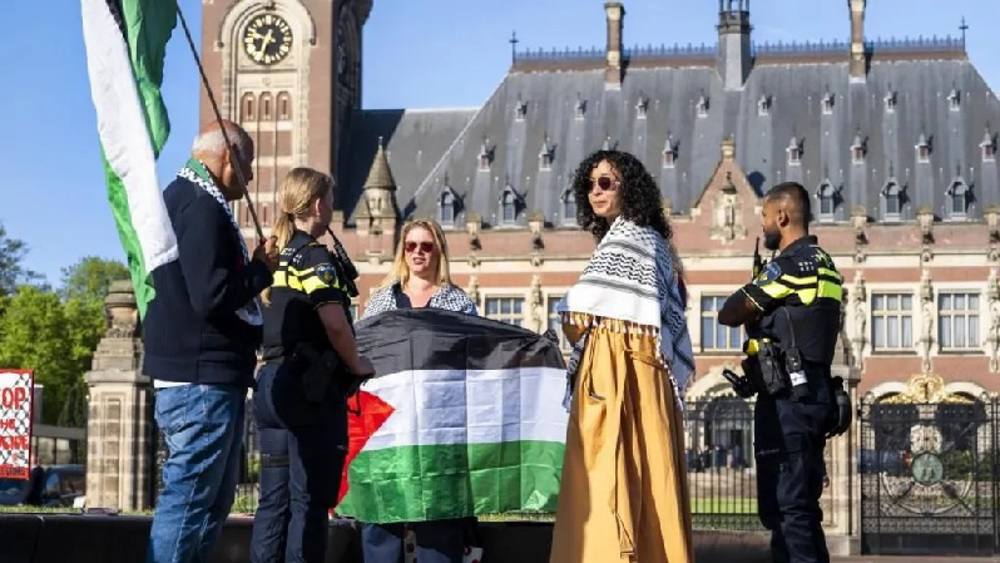
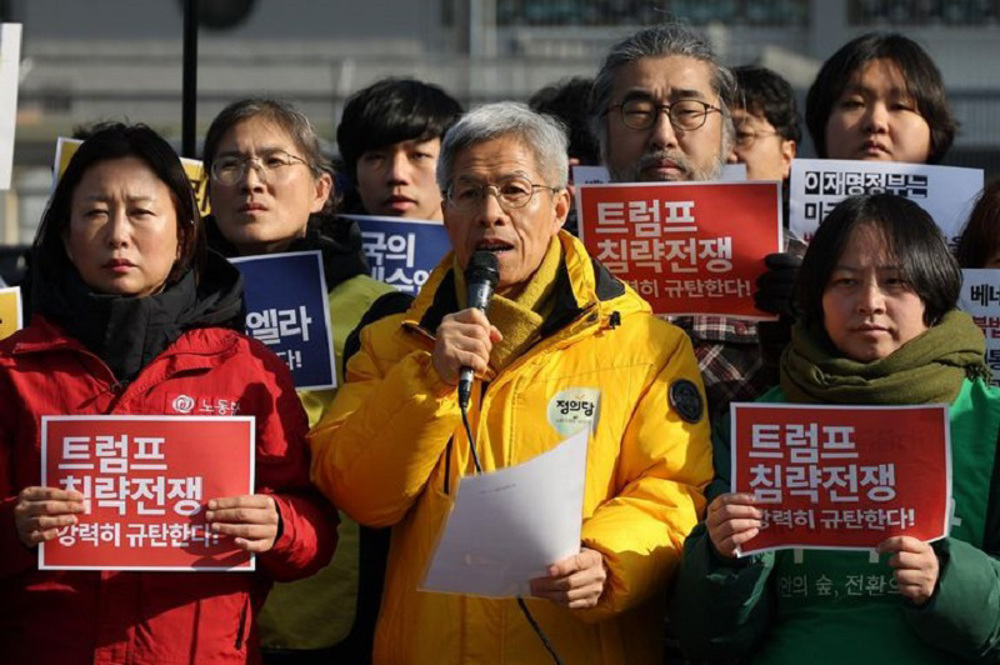






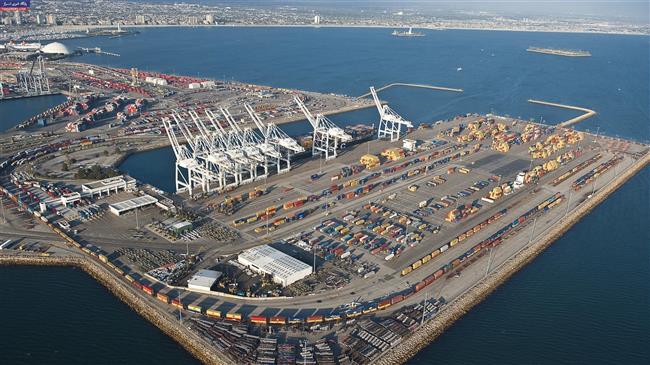



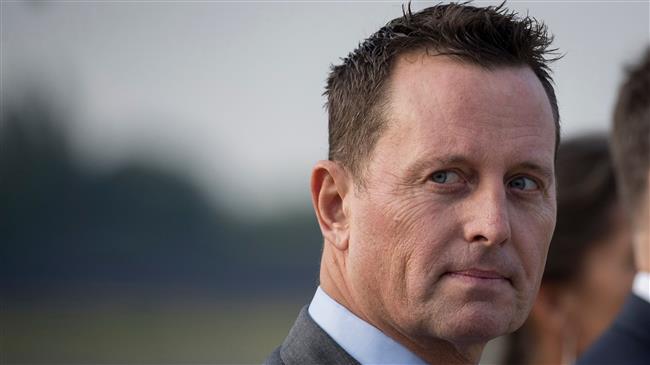


 This makes it easy to access the Press TV website
This makes it easy to access the Press TV website